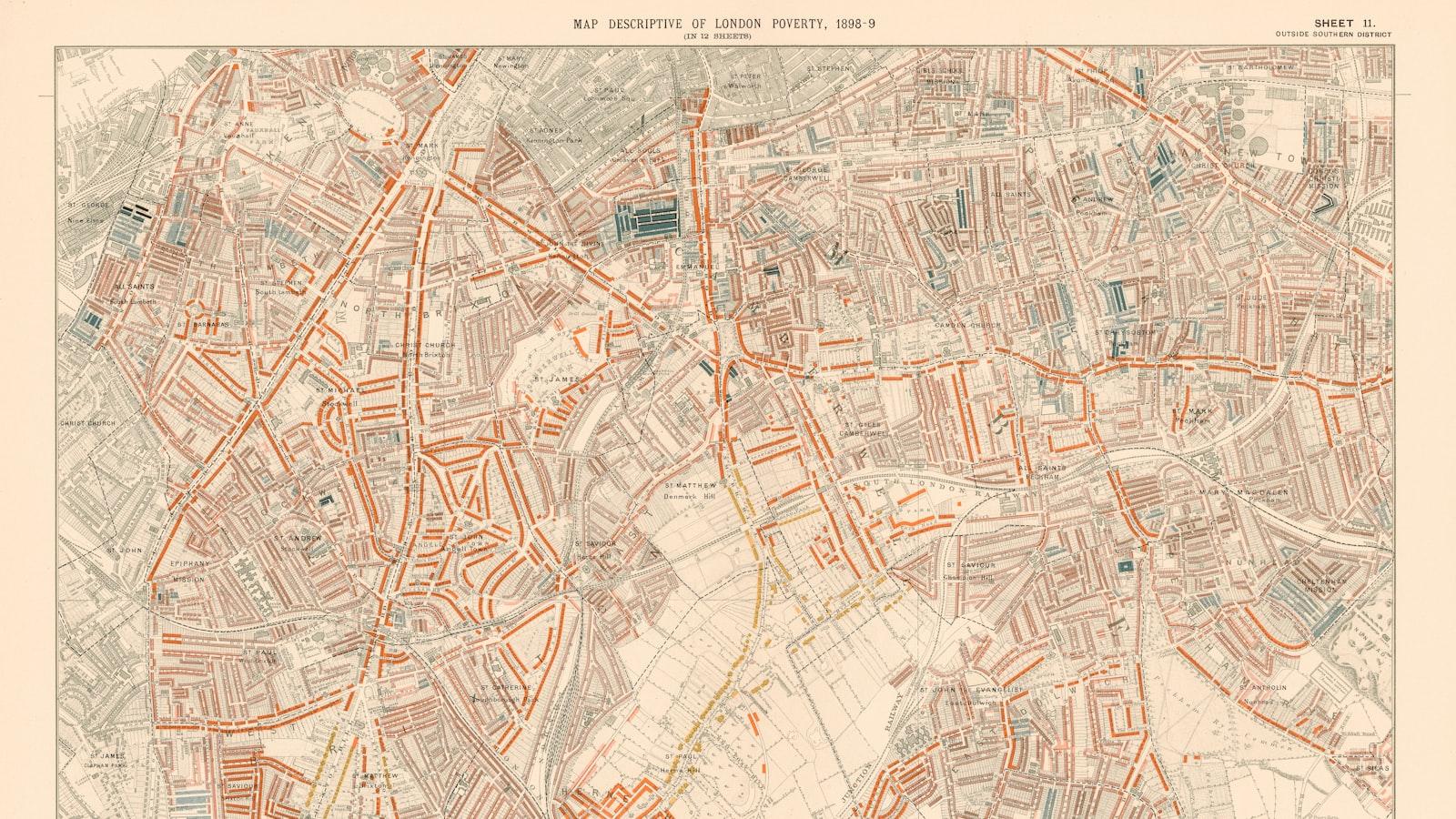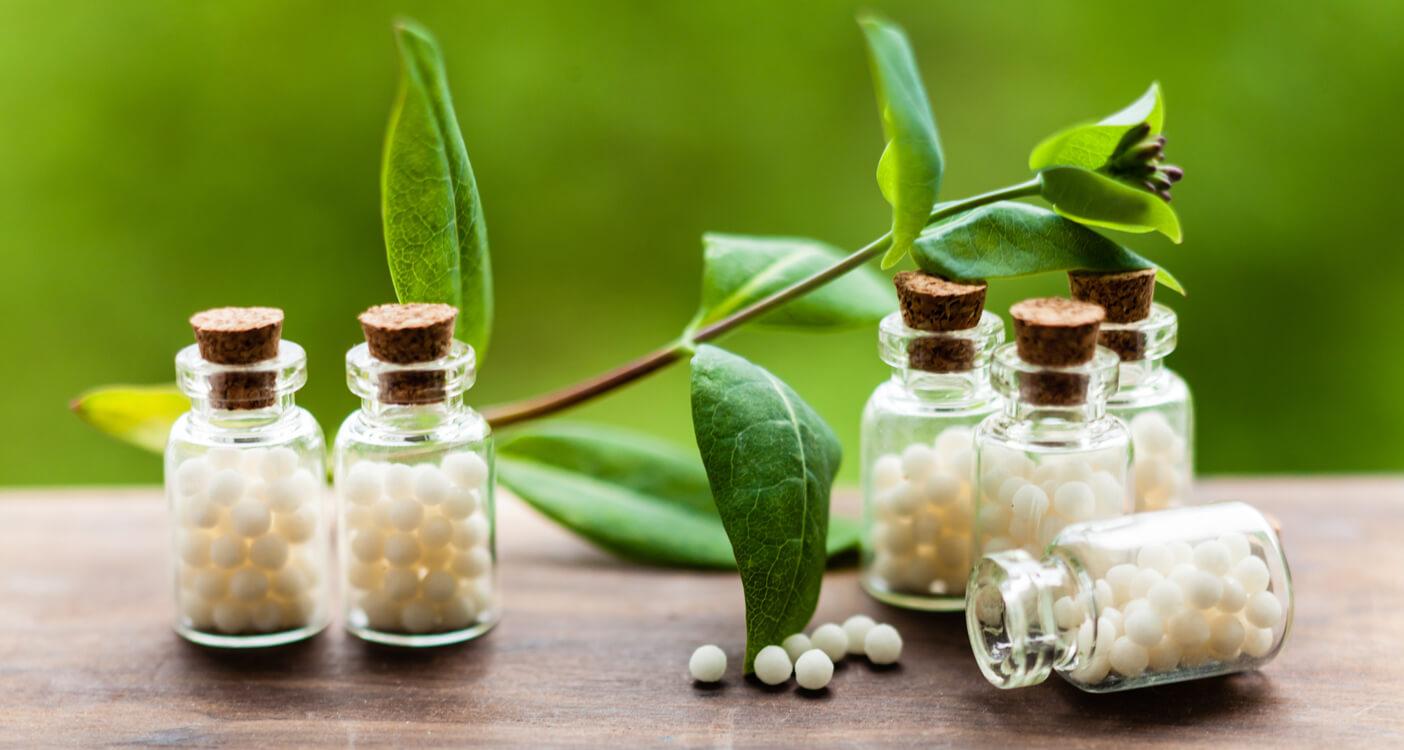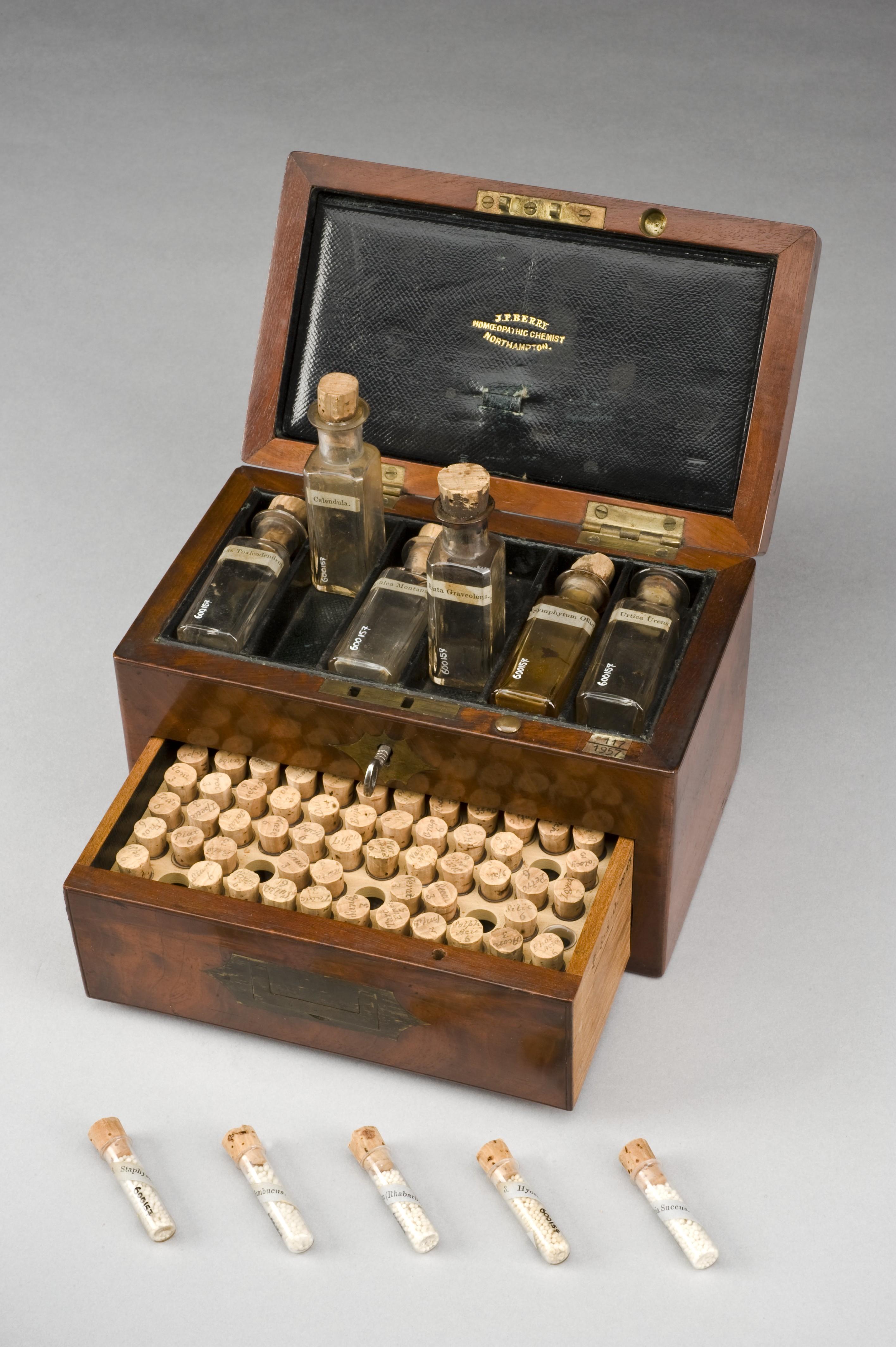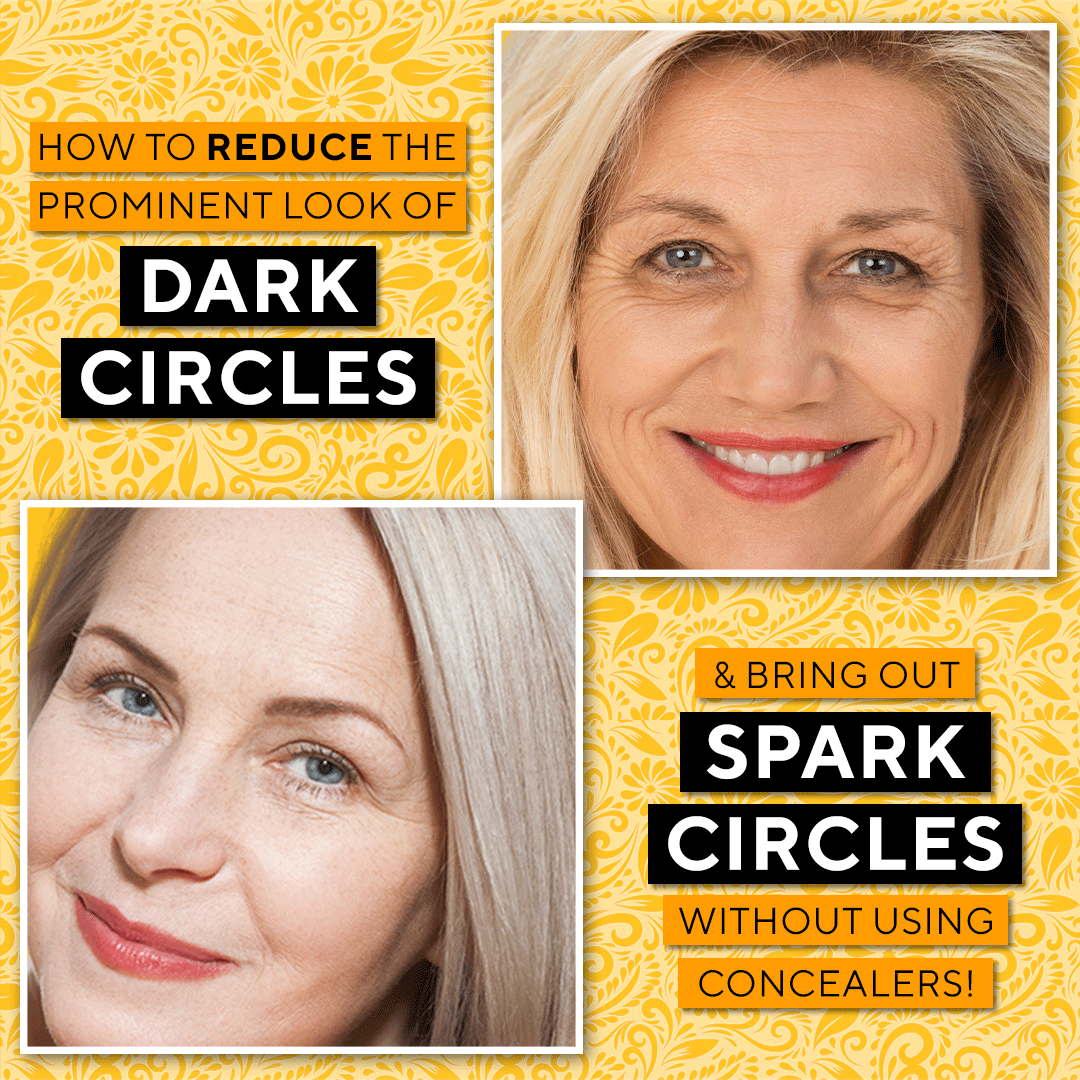In a world of endless possibilities, where natural approaches to health are gaining prominence, an ancient healing technique transcends time to captivate our attention – homeopathy. It is a realm where the delicate balance of science and nature converge, bringing forth a holistic approach to well-being. Welcome, dear readers, to the extraordinary world of homeopathy, where the whispering winds of ancient knowledge meet the steady beat of modern understanding. Join us on a captivating journey as we unravel the fundamentals of this remarkable discipline, leaving no stone unturned in our quest to decipher the secrets behind its profound healing power. Prepare to embark on a voyage of discovery, where the sparks of curiosity ignite the flames of enlightenment. Step into the enchanting realm of homeopathy, where the ordinary becomes extraordinary.
Understanding the Historical Context: Tracing the Origins and Development of Homeopathy
Homeopathy, a widely recognized alternative medicine practice, has a rich historical context that spans over two centuries. Tracing its origins and development can provide valuable insights into the fundamental principles that underpin this unique approach to healing.
At the heart of homeopathy lies the concept of “like cures like,” which was first introduced by Samuel Hahnemann, a German physician, in the late 18th century. This principle suggests that a substance that can cause symptoms in a healthy person can be used to treat similar symptoms in a sick individual. This idea was revolutionary at the time, challenging the prevailing medical practices of the era. Hahnemann’s groundbreaking work led to the development of the basic principles and techniques of homeopathic medicine that are still in use today.
A key factor in understanding the historical context of homeopathy is recognizing the influence of the prevailing medical beliefs and practices of the time. In the 19th century, conventional medical treatments often involved harsh interventions such as bloodletting and the use of toxic substances. Homeopathy presented a gentler and more individualized approach, focusing on stimulating the body’s natural healing abilities. This shift in perspective gained traction, and by the mid-1800s, homeopathy had established its place as a respected medical discipline worldwide.
Understanding the historical context of homeopathy is essential for appreciating its evolution and the principles that underpin its practice. This knowledge can shed light on the reasons why homeopathy continues to be a popular choice for many people seeking a holistic and personalized approach to healthcare. Whether one embraces homeopathy or not, exploring its historical origins and development provides a fascinating glimpse into the world of alternative medicine.
Exploring the Principles of Homeopathy: A Look into the Fundamentals of this Alternative Medicine
Homeopathy, an alternative form of medicine, has gained popularity in recent years. Its principles and practices offer a unique perspective on healing the body and mind. In this introductory article, we will delve into the fundamentals of homeopathy and explore how it differs from conventional medicine.
At its core, homeopathy is based on the principle of “like cures like.” This means that a substance that can cause symptoms in a healthy person can potentially treat those same symptoms in a sick person. This concept, known as the Law of Similars, forms the foundation of homeopathy. Practitioners carefully select remedies derived from natural substances such as plants, minerals, or animals, which are then prepared in a highly diluted form. These remedies stimulate the body’s vital force, promoting a natural healing response without causing harmful side effects.
Homeopaths also consider the individual as a whole, taking into account not only physical symptoms but also the emotional, mental, and spiritual aspects of a person’s health. This holistic approach aims to restore balance and harmony to the body, addressing the root cause rather than suppressing symptoms. By treating the person as a unique entity, homeopathy recognizes that each individual will respond differently to treatment. Therefore, remedies are tailored to the individual’s specific symptoms and overall constitution.
In summary, homeopathy presents a fascinating perspective on health and healing. With its emphasis on the Law of Similars and the holistic approach to treatment, this alternative medicine offers an intriguing alternative to conventional medicine. In the following sections, we will explore the various principles and techniques employed in homeopathy, shedding light on the intricacies of this ancient healing practice.

Applying Homeopathic Remedies: Key Considerations and Practical Recommendations
Key Considerations for Applying Homeopathic Remedies
When it comes to utilizing the power of homeopathic remedies, it is essential to consider a few key factors to ensure optimal results. Firstly, understanding the individual’s unique symptoms and overall constitution is paramount. Homeopathy operates on the principle of treating the person as a whole, rather than simply targeting the disease. Identifying the specific symptoms experienced, as well as any emotional or mental characteristics that may accompany them, helps in selecting the most suitable remedy.
Another crucial consideration is potency selection. Homeopathic remedies come in different strengths or potencies, such as 6C, 30C, or 200C. The potency determines the level of dilution and the potential strength of the remedy. It is often recommended to start with lower potencies for acute conditions and higher potencies for chronic ailments. Additionally, a healthcare professional experienced in homeopathy can guide individuals in finding the appropriate potency for their specific needs. Proper storage and handling of remedies, as well as being consistent with dosage recommendations, also contribute to their effectiveness.
Practical Recommendations for Homeopathic Remedies
When incorporating homeopathic remedies into your wellness routine, it is important to keep the following practical recommendations in mind. Firstly, it is advisable to avoid strong substances with potent smells, as they can potentially interfere with the effectiveness of the remedies. This includes avoiding the consumption of strong mints, coffee, and menthol-based products. Additionally, maintaining good oral hygiene, such as brushing your teeth before taking remedies, can help prevent any potential interference.
Furthermore, it is beneficial to take remedies on an empty stomach or at least 15 minutes before or after consuming food or beverages. This allows for better absorption and assimilation of the remedy by the body. In cases where a physical complaint exists, applying the remedy directly to the affected area can also be beneficial. Lastly, patience and consistency are key when using homeopathic remedies. Due to the holistic approach of homeopathy, it may take some time for results to be noticeable. Therefore, following the recommendations and staying committed to the treatment plan are crucial for achieving the desired outcome.
Debunking Myths: Addressing Misconceptions and Controversies Surrounding Homeopathy
Homeopathy, though surrounded by misconceptions and controversies, is a holistic approach to healing that has been in practice for over 200 years. The fundamental principle of homeopathy is the principle of “like cures like”. This means that a substance that can cause symptoms in a healthy person can also be used to treat similar symptoms in a sick person.
Contrary to popular belief, homeopathy is not the same as herbal medicine. While both practices use natural substances, homeopathy involves diluting these substances to a point where only the energetic and vibrational properties of the original substance remain. This dilution process, known as potentization, allows for the body to gently activate its own healing mechanisms, promoting overall wellness. Homeopathy treats the individual as a whole, taking into account not just physical symptoms, but also emotional and mental well-being.
Within the realm of homeopathy, there is often debate regarding the effectiveness of these highly diluted remedies. Some argue that the remedies are nothing more than placebos, while others believe in the energetic properties that are imbued within the remedies during the potentization process. It is important to remember that homeopathy is a complementary therapy and should not be used as a substitute for conventional medical treatment. However, many individuals have reported positive outcomes and improved well-being after incorporating homeopathy alongside other treatments.
To Conclude
As we conclude this captivating journey into the world of homeopathy, we hope you have gained a deep understanding of its fundamentals. Homeopathy, an ancient art and science, has continued to intrigue both skeptics and believers alike throughout the ages. From the curiously potent remedies to the philosophy that underpins it all, we have unraveled the intricate tapestry of this alternative healing practice.
Our exploration began with the inception of homeopathy, tracing its roots back to the visionary mind of Samuel Hahnemann. With his methodical approach and unwavering commitment to healing, Hahnemann paved the way for a holistic understanding of the human body and its ailments. Through his meticulous experiments and observations, he crafted the timeless principles that still guide homeopaths today.
Delving deeper, we ventured into the fascinating concept of “like cures like.” Although it may appear paradoxical, this foundation of homeopathy teaches us that a substance which can produce symptoms in a healthy individual can alleviate those very symptoms when administered in a highly diluted form. It is a notion that challenges our conventional understanding of medicine, encouraging us to embrace a more nuanced approach to healing.
We explored the remarkable process of potentization, wherein substances undergo successive dilutions and vigorous shaking to unlock their hidden medicinal properties. This unique method of preparation intensifies the healing potential of various remedies, making homeopathy a highly personalized and tailored form of treatment.
Throughout our odyssey, we encountered the holistic nature of homeopathy – a practice that seeks to address not just physical symptoms, but also the intricate interplay of mental, emotional, and spiritual aspects. By embracing the mind-body connection, homeopathy recognizes that true healing can only be achieved by harmonizing the entirety of our being.
As we bid farewell to the world of homeopathy, let us reflect on the timeless wisdom it offers. Whether you find yourself captivated by its principles or remain skeptical, we hope this journey has planted a seed of curiosity within you. For in the realms of alternative medicine, there is always an opportunity to challenge our preconceptions, expand our knowledge, and explore the extraordinary potential that lies beyond the boundaries of conventional healing.
So, dear reader, as you embark on your own path, may you forever remain open to the wonders and possibilities that homeopathy presents. Allow its profound philosophy to inspire you, its remedies to heal, and its essence to stir the depths of your own quest for well-being.



